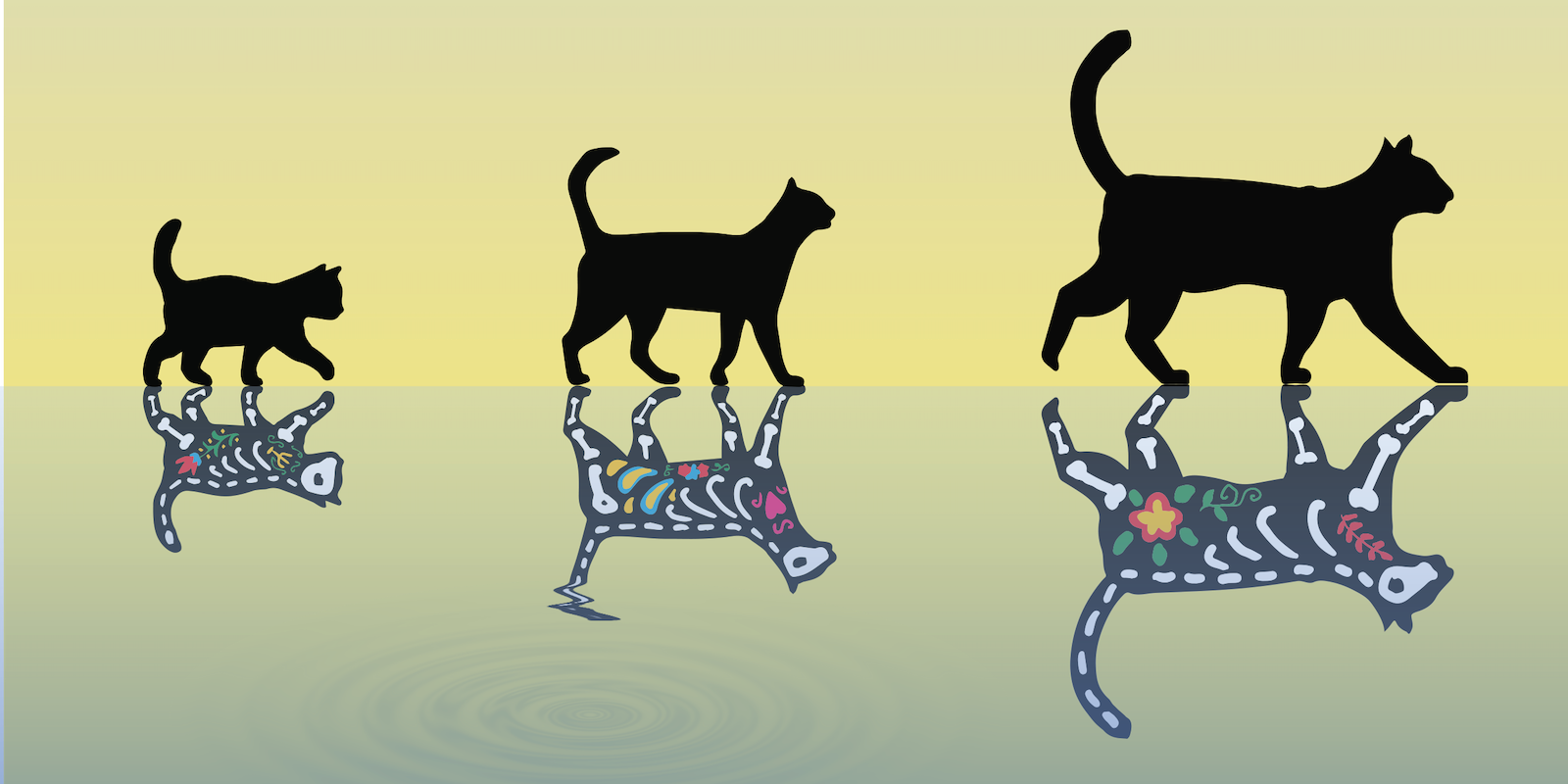
Physicists have created the world's heaviest Schrödinger's cat, bringing the bizarre behavior of the quantum world to larger scales than ever before.
The trick, performed by vibrating 100 million billion atoms inside a sand-grain-sized sapphire crystal, created the world's heaviest quantum superposition as the crystal simultaneously oscillated in two different directions. Despite weighing just 16 micrograms (16 millionths of a gram), the crystal is trillions of times heftier than the molecules put into previous large-scale quantum states, and is visible to the naked eye.
Taking its name from Erwin Schrödinger's famous thought experiment, the new Schrödinger's cat crystal could be used to design more robust quantum computers and reveal clues behind why quantum effects are not seen in the real world, according to the researchers. Their findings were published April 20 in the journal Science.
Related: Scientists find a loophole in Heisenberg's uncertainty principle
"Of course, in the lab we can't realize … an experiment with an actual cat weighing several kilograms," lead author Yiwen Chu, a physics professor at the Laboratory for Solid State Physics at ETH Zurich, said in a statement. But "by putting the two oscillation states of the crystal in a superposition, we have effectively created a Schrödinger cat weighing 16 micrograms."
In Schrödinger's thought experiment, the weird rules of the quantum world are envisioned by imagining a cat placed inside an opaque box with a poison vial whose release mechanism is controlled by radioactive decay — a completely random quantum process. Until the box is opened and the cat is observed, Schrödinger said, the rules of quantum mechanics mean that the unfortunate feline should exist in a superposition of states, simultaneously dead and alive.
As most quantum effects typically decohere and disappear at macroscopic scales, Schrödinger's analogy was meant to demonstrate the fundamental differences between our world and the world of the very small. Yet no hard limit exists between the two realms, enabling physicists to begin cajoling complex, near-macroscopic-scale objects into showing freaky quantum behavior.
To achieve this, the physicists connected the vibrating part of the sapphire crystal to a superconducting circuit, shaking it in such a way that it began to vibrate in a superposition of two directions at once.
Then, to confirm that they had indeed created a quantum cat, the researchers measured the spatial separation of the crystal's two vibrating states. Though the vibrations were subatomic in scale (vibrating over a distance of a billionth of a billionth of a meter), they were clearly distinguishable from random thermal and quantum vibrations — the cat was real.
In the future, Chu would like to increase the mass of the Schrödinger's cat crystal even more, creating macroscopic quantum objects that could be used to more robustly store information in quantum computers, look for gravitational waves and dark matter, and figure out how quantum effects disappear at the scale of real cats.







